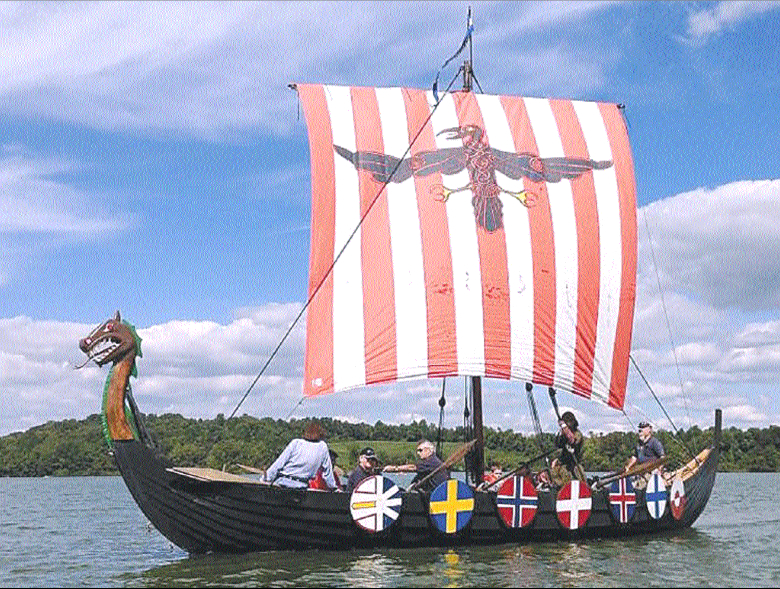The Vikings: scary warriors, peaceful farmers, superb sailors, talented artists. See below for books, resources, a great outdoor chess game, a rampageous God of Thunder, and some helpful hints about dragon training.
Table of Contents
VIKING HISTORY
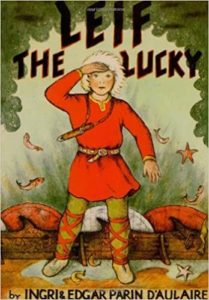 |
By Ingri and Edgar Parin D’Aulaire, Leif the Lucky (Beautiful Feet Books, 1994) is a gorgeously illustrated biography of Leif Erickson for ages 7-10. |
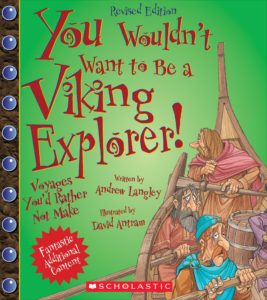
|
Andrew Langley’s 40-page You Wouldn’t Want to Be A Viking Explorer! (Franklin Watts, 2013) uses off-beat humor and cartoon-ish illustrations to cover a lot of information on the Vikings and their colonization of Greenland. For ages 7-11. |
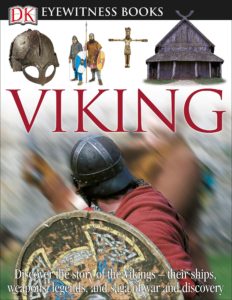
|
Susan Margeson’s Viking (Dorling Kindersley, 2009) in the Eyewitness series is arranged in illustrated double-page spreads, each devoted to a different Viking topic, among them “A Viking warship,” “A Viking fort,” “Gods and legends,” “Viking burials,” and “Runes and picture stones.” Wonderful photographs of artifacts. For ages 8-12. |
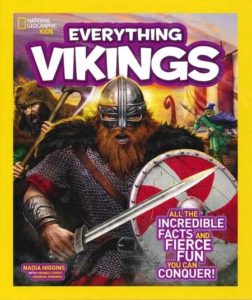
|
In Nadia Higgins’s Everything Vikings (National Geographic, 2015), great visuals and fun facts tell the story of the Vikings in four short chapters. Included are a diagram of a Viking longship and wonderful photos of Viking re-enactors. For ages 8-12. |
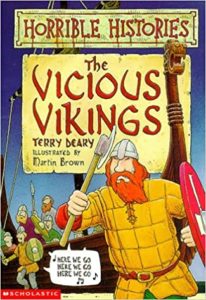 |
By Terry Deary, Vicious Vikings (Scholastic, 2013) – subtitled “Splats, hats, and lots of RATS” – is one of the Horrible Histories series. Clever, factual, and filled with the sort of snarky humor that kids love. For ages 8-12. |
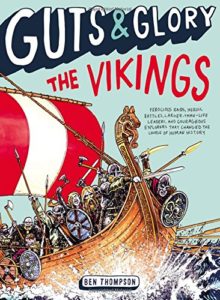 |
In Ben Thompson’s Guts and Glory series, The Vikings (Little, Brown, 2015) is a kid-appealing history packed with fascinating facts – for example, readers learn about Viking nicknames (Thorfinn Skull-Cleaver), the famous Ulfbehrt swords, and Odin’s eight-legged horse. Included are quotes from the Norse sagas and the Anglo-Saxon Chronicle, capsule biographies of famous Vikings, and much more. Chapter titles include “The Viking Warrior,” “Turgeis the Devil,” :Kievan Rus,” ”The Siege of Paris,” and “Erik the Red.” For ages 8-12. |
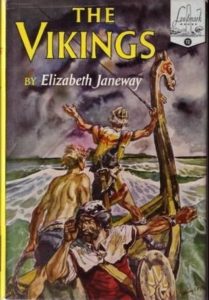 |
Elizabeth Janeway’s The Vikings (Beautiful Feet Books, 2010) is a lightly fictionalized account of the life and voyages of Leif Ericson. Historically accurate, but reads like an exciting novel. For ages 9-12. |
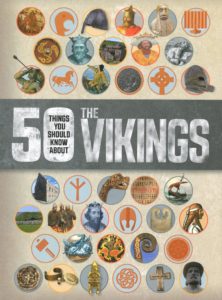 |
Philip Parker’s 50 Things You Should Know About the Vikings (QED, 2017) is an overview of the rich and fascinating culture and society of the Vikings, packed with illustrations, maps, infographics, and photographs of artifacts. One of the large and varied 50 Things You Should Know About series. For ages 9 and up. |
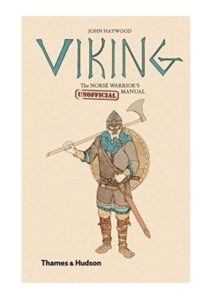
|
By John Haywood, Viking: The Norse Warrior’s (Unofficial) Manual (Thames & Hudson, 2013) is informational, funny, and written in the second person, which makes for a snappy read. A rundown of Viking society, for example, ends with the slave or thrall, the social bottom of the heap: “Tough luck. This is not a good place to start. You’ll be a slave if your mother was a slave. Or maybe you didn’t run fast enough when Vikings came calling in your neighborhood, and you were captured and sold.” For ages 10 and up. |
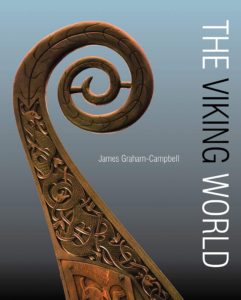
|
James Graham-Campbell’s 200+-page The Viking World (Frances Lincoln, 2013) is a comprehensive account of the Vikings, who dominated (and terrorized) Europe from the ninth to the eleventh century. Illustrated with maps and beautiful photographs. For teens and adults. |
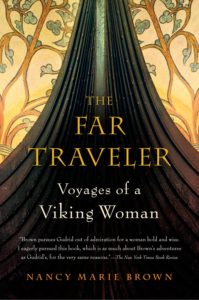
|
Nancy Marie Brown’s The Far Traveler: Voyages of a Viking Woman (Mariner Books, 2008) is the fascinating tale of the tenth-century Gudrid, who probably crossed the Atlantic Ocean eight times. The book combines new archaeological discoveries (Gudrid’s longhouse has been excavated in Iceland) with historical information and accounts from medieval Icelandic sagas. For teens and adults. |

|
By Bryan Sykes, Saxons, Vikings, and Celts (W.W. Norton and Company, 2007) is a genetic history of the Great Britain, covering everything from Cheddar Man and King Arthur to the science of blood transfusions. Find out who has Viking ancestors. For teens and adults. |
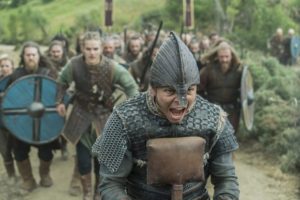 |
The History Channel’s The Vikings is a multi-season series with a lot of action, a large cast of characters, and an up-close-and-personal look at the Vikings.
To be fair, also see 11 Horrible Historical Inaccuracies in The History Channel’s Vikings Series. |
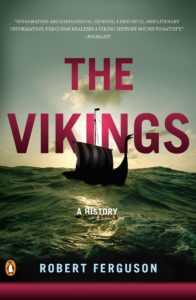 |
Robert Ferguson’s The Vikings (Penguin Books, 2010), the companion book to the series, is a well-researched history, filled with interesting (and many gruesome) details. For teenagers and adults. |
 |
The Viking Answer Lady website has a wealth of helpful information, variously categorized under General Info, Daily Life, Technology, Agriculture, Warfare, Art & Literature, Myth & Religion, and Settlements. Find out about old Norse names, Viking games, drinking customs, tattoos, berserkers, and much more. |
| Viking Heritage has a long list of Viking archaeological discoveries, with annotated photos of artifacts. | |
| The Viking Rune is a blog devoted to Vikings. Various categories include Norse Names, Norse Runes, Viking Archaeology, Viking Gods, and Scandinavia. | |
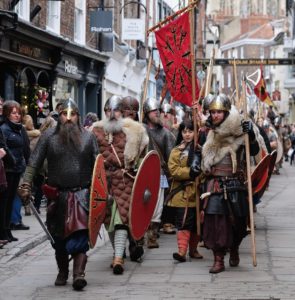 |
The Jorvik Viking Centre in York, England – on the site of an ancient Viking city – is now a wonderful living-history museum. A dream field trip for Viking lovers. Check it out. |
| 10 Things You May Not Know About the Vikings is an interesting short list. Visitors learn that Vikings bleached their hair, skied for fun, and never wore horned helmets. | |
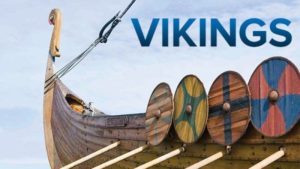 |
From The Great Courses, The Vikings is a 36-lecture series, available for download or on DVDs or CDs. Titles of the 30-minute lectures, by professor Kenneth Harl of Tulane University, include “The Vikings in Medieval History,” “The Norse Gods,” “Legendary Kings and Heroes,” and “A Revolution in Shipbuilding.” Intended for a high-school-level or adult audience, but accessible for younger viewers. (Note: all Great Course series go on sale periodically for just a fraction of list price; keep an eye out.) |
 |
Generally the Viking age in Europe is said to have begun with the raid on Lindisfarne Abbey on June 8, AD 793 – but recent evidence shows that the first raid may have been earlier yet. Read about it in The First Vikings from Archaeology magazine. |
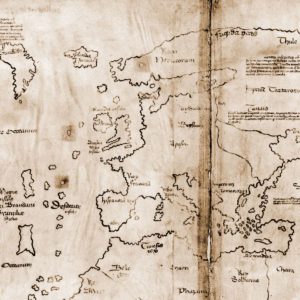 |
From PBS, The Viking Deception is the story of the Vinland map – either a priceless document showing early Viking voyages or a very clever 20th-century forgery. |
| See this illustrated account of How Vikings Navigated the World. | |
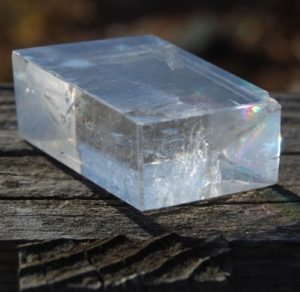 |
Legend claims that the Vikings used special crystal to navigate under cloudy skies. Read about the discovery of a Viking-style sunstone here. |
